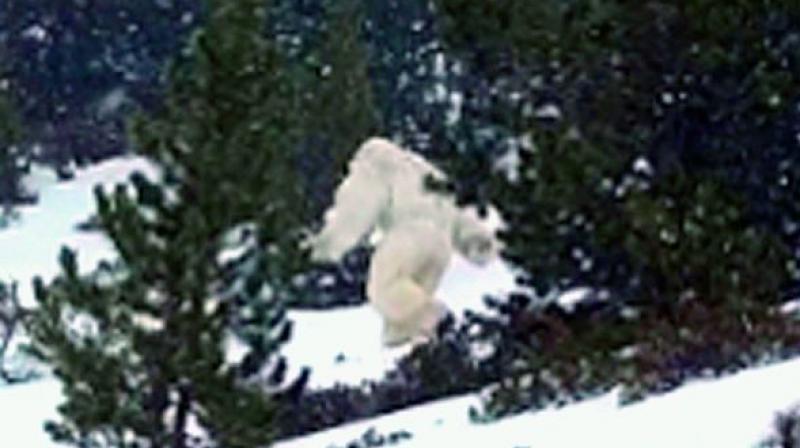Fringe talk: Abominablehunt for yeti
Attempts to mainstream Bigfoot have wiped off serious debate on the subject.

If hundreds of hours of grainy footage, accumulated over the years, is to be believed, we are not the only ones walking properly erect. The abominable snowman, or the Yeti, or Bigfoot, has this habit of making an appearance that almost serves as a regular reminder that we still have a lot of looking to do. The elusive creature has been caught on camera across North America, Asia, near a Spanish ski resort and most recently, a bunch of hikers “spotted” one near a waterfall in the jungles of Indonesia.
Almost all the photos and the videos show the same thing — a hulking form disappearing into foliage. Also, the evidence is always grainy, shot from a distance and on shaky cam. Sceptics then, have dismissed each one of these recordings as hoaxes and the 21st Century humans have arrived at the conclusion that we are — at least in the department of two legs and an erect spine — alone.
However, that doesn’t mean we haven’t tried looking. One of the first scientific studies into the creature dates back to 1973. But researcher John Napier ended up with this: “I am convinced that Sasquatch (that’s yet another name for Bigfoot) exists, but whether it is all it is cracked up to be is another matter altogether. There must be something in north-west America that needs explaining, and that something leaves man-like footprints.”
Others were annoyingly persistent. In 2013, after the finish of a five-year study, American Melba Ketchum claimed she had discovered a crucial “human relative”. Her study noted that the Sasquatch “is a human relative that arose 15,000 years ago as a hybrid cross of Homo sapiens with an unknown primate species”. She said her study had its foundations in hair samples.
Ketchum even campaigned for the creatures’ rights. “Government must recognise them as an indigenous people and protect their constitutional rights against those who would see in their cultural differences a ‘licence’ to hunt, trap, or kill them,” she said at the time.
Scientists distanced themselves from Ketchum. And unable to find a publication willing to publish her findings, Ketchum went to the extent of “creating” the DeNovo Journal of Science — a publication she had herself registered just nine days prior to the big reveal. Hers was the only piece on the journal’s website and there was a fee of $30 to access it.
Such attempts to mainstream the Bigfoot have wiped off serious debate on the subject. And that’s unfortunate considering how just a bunch of hoaxers and desperate researchers have been responsible for this historically-documented creature turning into a mere supposition.
For example, sightings of the Yeti — Nepal’s version of the Bigfoot — go as far back as 1921 when Charles Howard-Bury, leading an expedition up Mount Everest spotted large footprints. He was then told by local guides about the metoh-kangmi, or the ‘man-bear snow-man’.
When Howard-Bury returned, he was asked by journalists about the discovery and he used the word “abominable”. The adjective stuck and nearly a 100 years later, we find it being thrown around — threatening scientific curiosity and leaving us with the question: Should we stop looking?

